See why growth companies choose BluIQ
The Ultimate in Flexibility and Scalability for Subscription Management and Billing.

BluIQ is a configurable platform that bridges the gaps between your CRM, ERP and related business processes.

Customize Your Monetization Platform Quickly and Cost-Effectively.

The Ultimate Flexibility and Scalability to Process Complex Data Staging & Mediation Scenarios with Ease

End-to-end Integration for Seamless Order Activation and Provisioning

BluLogix Chargeback & Cost Recovery for Public Sector and Enterprise Organizations
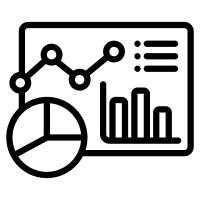
BluIQ gives you reporting, intelligence and insights in one package.
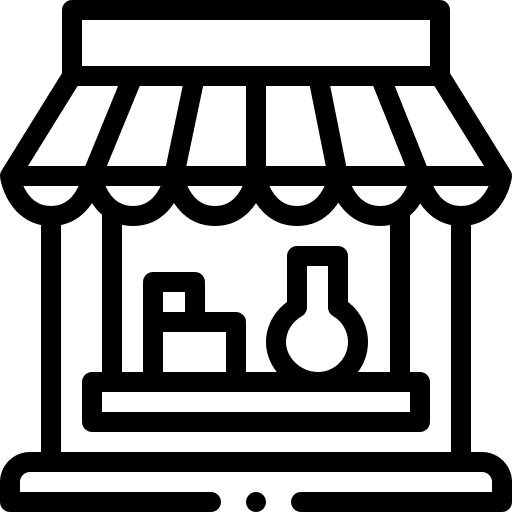
Empowering Ecommerce, Self-Management, and Seamless Renewals with Channel Support


Lessons, observations and insights for the subscription business

How BluIQ helps our customers’ subscription businesses successfully grow

The latest news and analyst reports on the Software-as-a-Service and Subscription industry

Attend an event near you to connect, learn, and gain inspiration.

The best companies in the world trust BluLogix for all of their billing needs
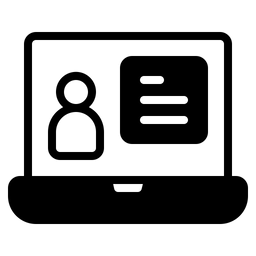
A collection of recorded webinars and videos on Software-as-a-Service and Subscription Management

Details on BluIQ subscription management and billing platform specifications

Subscription and Software-as-a-Service guides with actionable insights
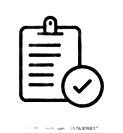
Why Top Companies Choose BluLogix
A Core Monetization Platform Multi-Tenant is a type of software system that is designed to manage and facilitate the process of monetizing a product or service. It allows businesses to efficiently manage various revenue streams, such as subscriptions, in-app purchases, and advertising.
A multi-tenant platform refers to an architecture in which a single instance of the software runs on a server and serves multiple customers, also known as tenants. Each tenant’s data is isolated and remains invisible to other tenants. This allows for a more efficient use of resources and reduces the cost of maintaining separate software instances for each customer.
Typically, a Core Monetization Platform allows businesses to create, manage and monitor revenue streams, and track performance and revenue of these streams. It also provides a user interface for the businesses to view and analyze their monetization data, and make decisions on how to optimize it.
It can also provide tools for subscription management, pricing experimentation, promotions and discounts, invoicing and billing, and revenue reporting.
In summary, multi-tenancy in a Core Monetization Platform, is a way to share a common infrastructure and application among multiple customers, allowing them to manage their revenue streams, track performance and make decisions, while still keeping their data isolated. It is an ideal structure for organizations with multiple business units, channel networks or other partner tiered organizational structures.
The multi-tenancy architecture in a Core Monetization Platform can benefit a business in several ways:
Keep in mind that these are general benefits of multi-tenancy, different vendors and providers may have different specific features, benefits and trade-offs, thus it is important to evaluate what is best for your specific business needs.
It depends on the specific Core Monetization Platform Multi-Tenant platform you are using. Some platforms offer more flexibility and customization options than others.
Some modern multi-tenant monetization platforms provide a set of tools, software development kits, development platforms and APIs to allow businesses to customize and configure the platform to suit their specific monetization needs. For example, businesses can create custom pricing plans, configure different revenue models, and set up custom rules and triggers for their monetization strategy.
Additionally, some platforms may also provide additional customization options through the use of plugins, add-ons, or third-party integrations.
It’s important to check with the vendor or provider of the platform to see what customization options are available, as well as any limitations that may exist. This can help you determine if the platform will meet your specific monetization needs, and if it will be able to scale with your business as it grows and evolves.
In summary, depending on the specific Core Monetization Platform Multi-Tenant platform you are using, it may be possible to customize the platform to fit your specific monetization needs. Be sure to check with the vendor or provider of the platform to see what customization options are available, and if it can scale with your business as it grows and evolves.
Data security and isolation is a critical aspect of any multi-tenant platform, as it ensures that each tenant’s data remains private and cannot be accessed by other tenants.
There are several approaches that can be used to handle data security and isolation in a multi-tenant platform:
Database-level isolation: Each tenant’s data is stored in a separate database, ensuring that it is completely isolated from other tenants’ data. This approach is typically used when data security is a primary concern.
Schema-level isolation: Each tenant’s data is stored in a shared database, but in separate schemas, which are like separate containers within the database. This approach offers a good balance between performance and security, but it also requires a little more maintenance and management than database-level isolation.
Application-level isolation: In this approach, each tenant’s data is stored in a shared database, and the application enforces security and isolation through its own logic. This can be more flexible and cost-effective, but it also requires more trust in the security of the application.
Hybrid Isolation: With a Hybrid approach, different isolation methods can be used for different types of data. For example, a tenant’s financial data can be isolated at database-level, while their other data can be isolated at schema level.
Data security and isolation in a multi-tenant platform is typically implemented using a combination of techniques such as access controls, encryption, and role-based permissions to ensure that only authorized users can access specific tenant’s data.
It’s important to note that as there isn’t a one-size-fits-all solution, security measures implemented on a Core Monetization Platform Multi-Tenant, can be different depending on the provider, and it’s important to check with the vendor or provider of the platform to understand the security measures in place, and how they handle data security and isolation.
In most cases, it is possible to integrate your existing systems and tools with a Multi-Tenant Core Monetization Platform.
Many modern monetization platforms provide a set of APIs (Application Programming Interface) that allow businesses to easily connect their existing systems and tools with the platform. For example, you can integrate your billing system, CRM, analytics platform, and other tools with the monetization platform to synchronize data and automate certain processes.
Additionally, some platforms also support integration with third-party services and tools through the use of plugins, add-ons, or pre-built connectors.
It’s important to check with the vendor or provider of the platform to see what integration options are available and what technical requirements are needed. This can help you determine if the platform will integrate with your existing systems and tools and whether you will need any additional resources to perform the integration.
The type of support and maintenance included with the Core Monetization Platform will depend on the company that provides it. Typically, a provider will offer different levels of support, such as phone support, email support, or online support and troubleshooting.
Maintenance of the platform usually include regular updates and new feature releases, these can be included in the subscription or contract package. It’s important to understand how frequently these updates and feature releases are made available, as well as how they are deployed and if they might require any additional steps or actions from the user.
It’s always recommended to check with the provider and understand the level of support and maintenance that comes with the subscription or contract before you decide to go with it.
The pricing structure for a Core Monetization Platform can vary depending on the provider, but generally, it is based on the number of tenants (or users) on the platform, the level of functionality and customization required, and / or the amount of data and usage of the platform.
There are a few common pricing models used by providers of multi-tenant platforms
It is important to understand the pricing model of the provider and how it fits with your business needs and budget. It is also good to have a rough estimate of your usage and tenant requirements to evaluate the costs of the platform and budget accordingly.
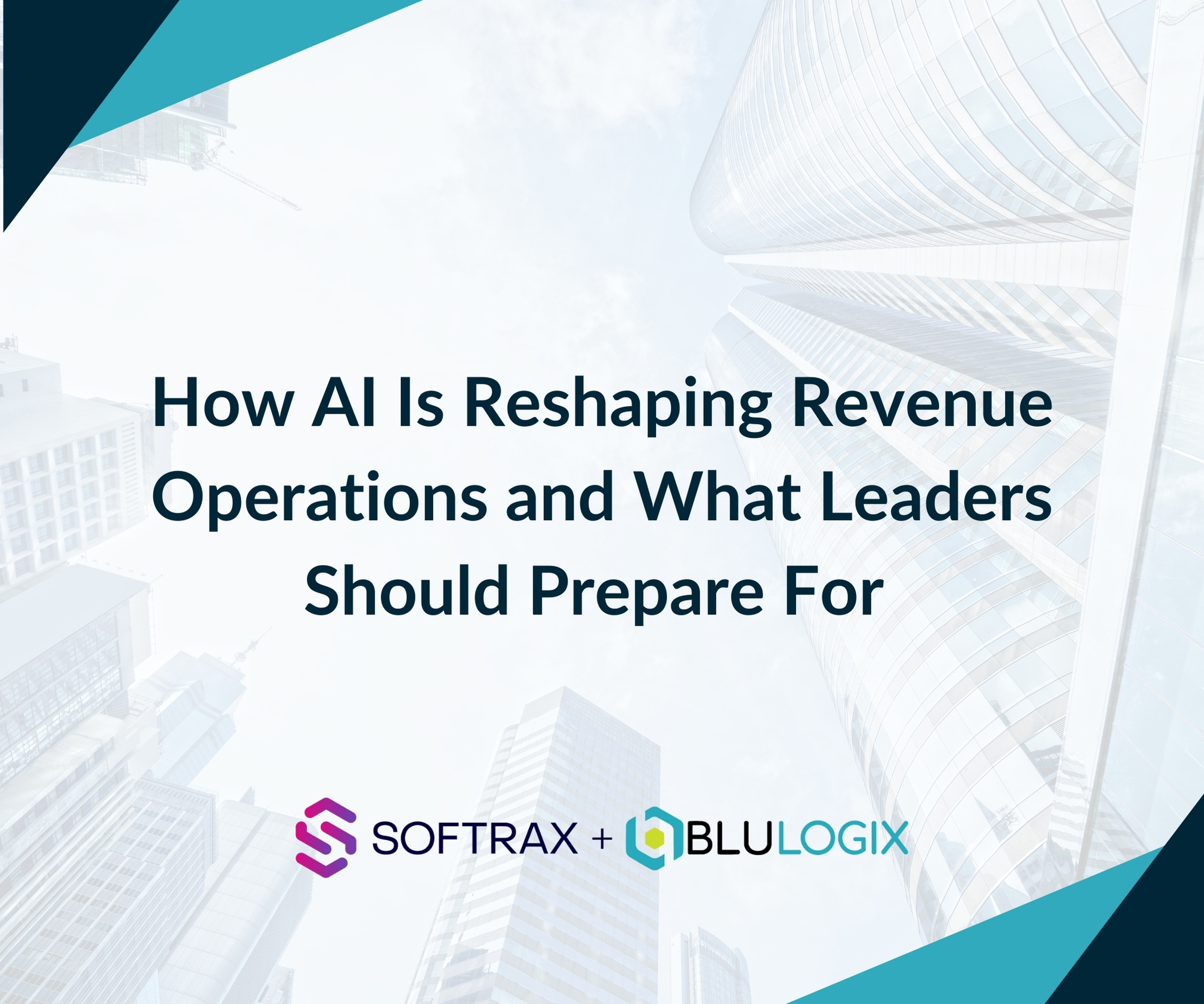
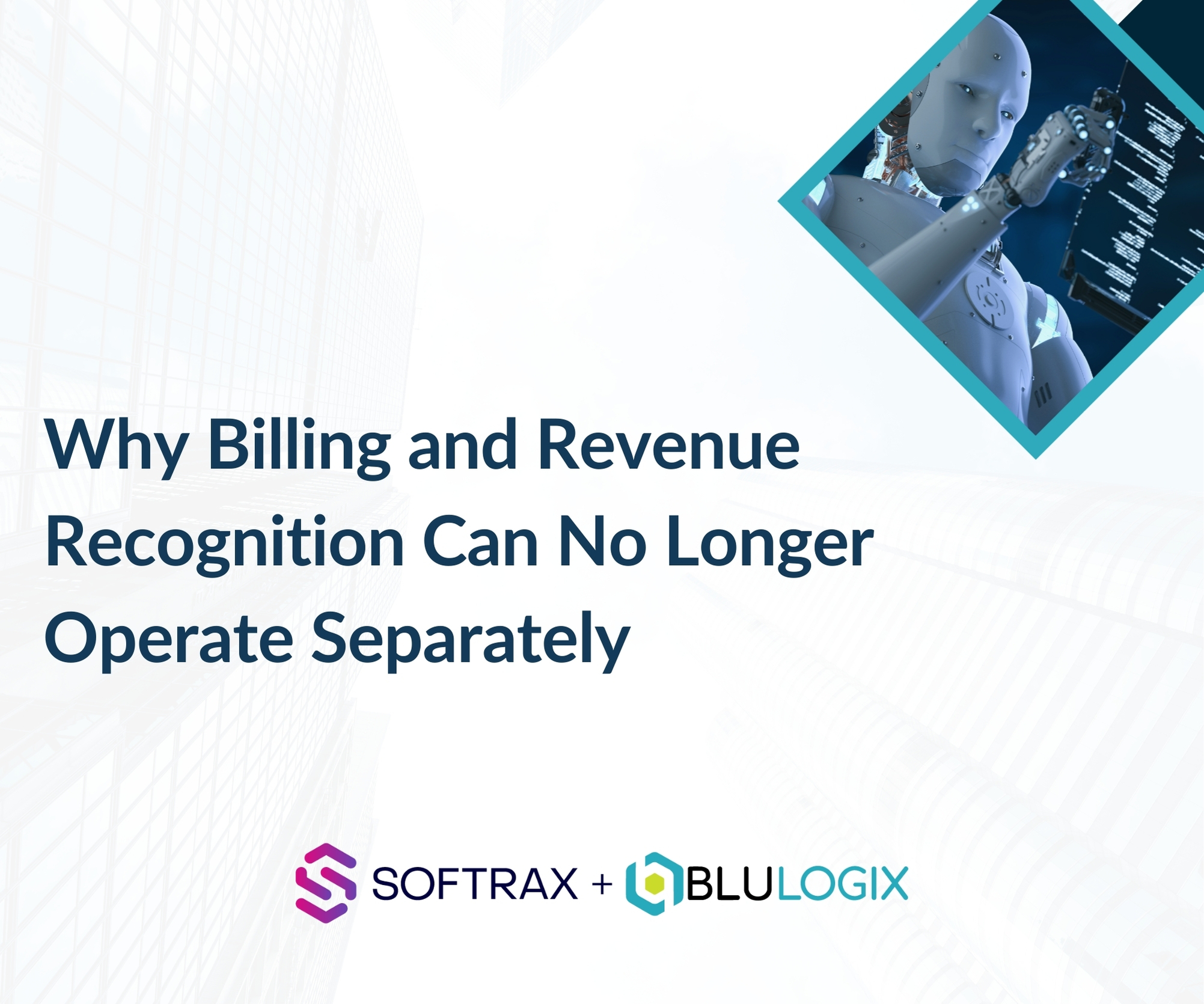
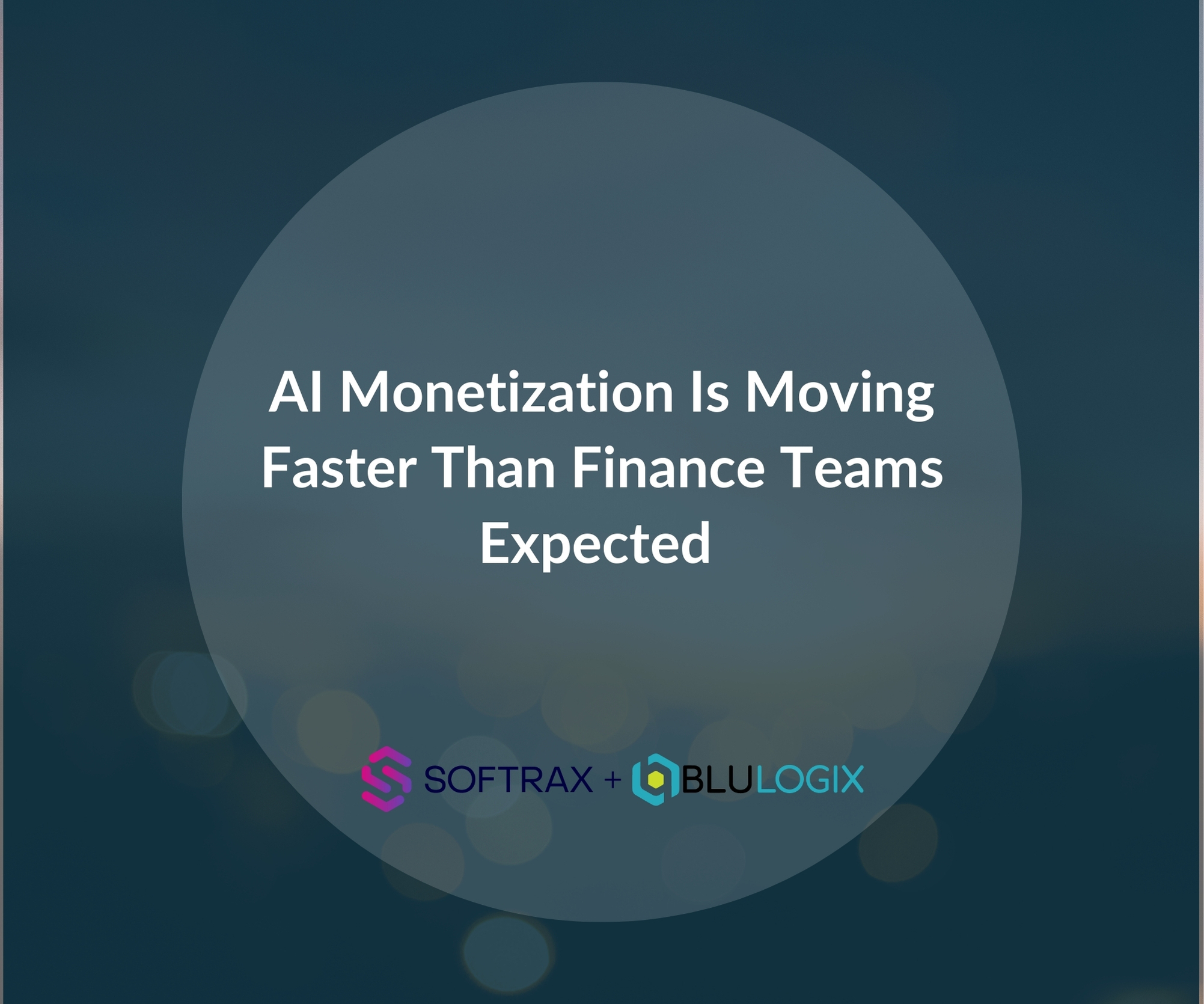
| Cookie | Duration | Description |
|---|---|---|
| cookielawinfo-checbox-analytics | 11 months | This cookie is set by GDPR Cookie Consent plugin. The cookie is used to store the user consent for the cookies in the category "Analytics". |
| cookielawinfo-checbox-functional | 11 months | The cookie is set by GDPR cookie consent to record the user consent for the cookies in the category "Functional". |
| cookielawinfo-checbox-others | 11 months | This cookie is set by GDPR Cookie Consent plugin. The cookie is used to store the user consent for the cookies in the category "Other. |
| cookielawinfo-checkbox-necessary | 11 months | This cookie is set by GDPR Cookie Consent plugin. The cookies is used to store the user consent for the cookies in the category "Necessary". |
| cookielawinfo-checkbox-performance | 11 months | This cookie is set by GDPR Cookie Consent plugin. The cookie is used to store the user consent for the cookies in the category "Performance". |
| viewed_cookie_policy | 11 months | The cookie is set by the GDPR Cookie Consent plugin and is used to store whether or not user has consented to the use of cookies. It does not store any personal data. |
The Ultimate in Flexibility and Scalability for Subscription Management and Billing.
